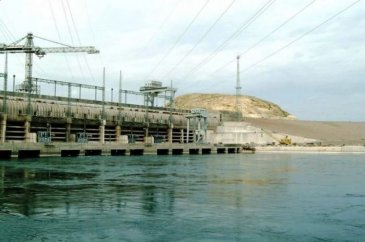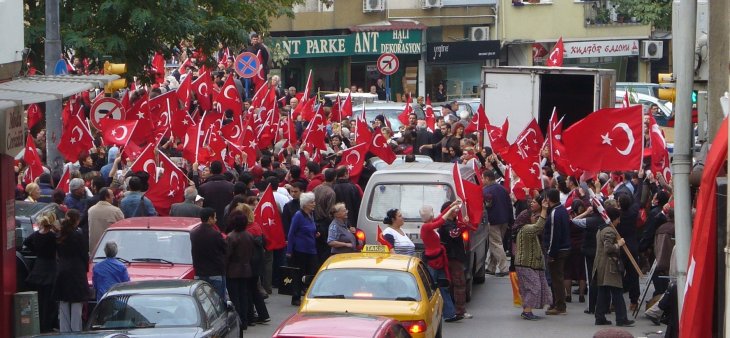By: Jeannie L Sowers, Erika Weinthal, and Neda Zawahri
The extensive targeting of civilian water and energy infrastructures by a range of state and non-state actors, including regional powers and armed groups, has marked the post-2011 wars in the Middle East and North Africa. The effects on human welfare and ecosystems are long-term and poorly understood.
Our recent SD article, “Targeting Environmental Infrastructures, International Law, and Civilians in the New Middle Eastern Wars,” draws upon an original database to analyze the targeting of environmental infrastructures in the conflict zones of Syria, Yemen, and Libya. We define environmental infrastructures as systems of providing water, energy, waste, and sanitation that sustain human livelihoods and well-being. These basic services and infrastructures serve as the bedrock of human security, particularly in urban areas. Through mapping the targeting of infrastructure, we demonstrate that targeting environmental infrastructure is an increasingly prevalent form of war-making in the region, with long-term adverse implications for state capacity, human security, and conflict resolution.
Our work’s distinct contribution is that it highlights the implications of the indirect targeting of civilians. Indeed, the targeting of environmental infrastructures has emerged as a central aim of the parties in these conflicts, rather than as an unintended consequence. Warring parties in the MENA have increasingly targeted water and energy infrastructures with justifications that these are tactical weapons of warfare, dual-use objects, or mere ‘collateral damage.’ Our work indicates that targeting infrastructure allows militias and state security forces to displace urban populations, punish civilians perceived as sympathetic to the enemy, and gain access to the infrastructures that underpin modern life.

Tishrin Dam in Syria- Public Domain Wikimedia Commons
Targeting environmental infrastructure is an increasingly prevalent form of war-making in the region, with long-term adverse implications for state capacity, human security, and conflict resolution.
As further observed in the so-called ‘new wars’ of the 1990s, we suggest that intermittent periods of rebuilding and reconstruction of infrastructure are often not durable, as regional and domestic conflicts fester even when intensified periods of violence subside. Repeated cycles of infrastructure destruction mean long-term ‘de-development’ of these areas, with attendant health impacts and ecosystem damage. The repeated targeting of environmental infrastructure thus reflects the multiplicity of war-making forces involved in these conflicts. As highlighted in the ‘new wars’ literature, the agents of war include not only domestic and foreign militaries, state security forces, and hired ranks of thugs and mercenaries, but also client and proxy forces supported by regional and global powers. The variety of actors involved complicates attempts at humanitarian assistance and creates norms of conflict in which all parties employ indiscriminate and punitive tactics.
Lastly, despite international humanitarian law and international environmental law that prohibit attacks on civilian infrastructure essential for human survival or that cause damage to the natural environment, international law has acted neither as a deterrent nor as a means to prosecute perpetrators. Sparked by the increasing prevalence of ‘degenerate wars,’ international law has indeed articulated mechanisms to protect both civilian and environmental infrastructures over the last half century. Nevertheless, given the conflicting interests of regional and great powers in the area, such legal norms and mechanisms have proven to be ineffectual in these conflicts. Our research thus sheds light on some of the gaps in international law regarding environmental infrastructures, especially regarding dual-use infrastructure.













